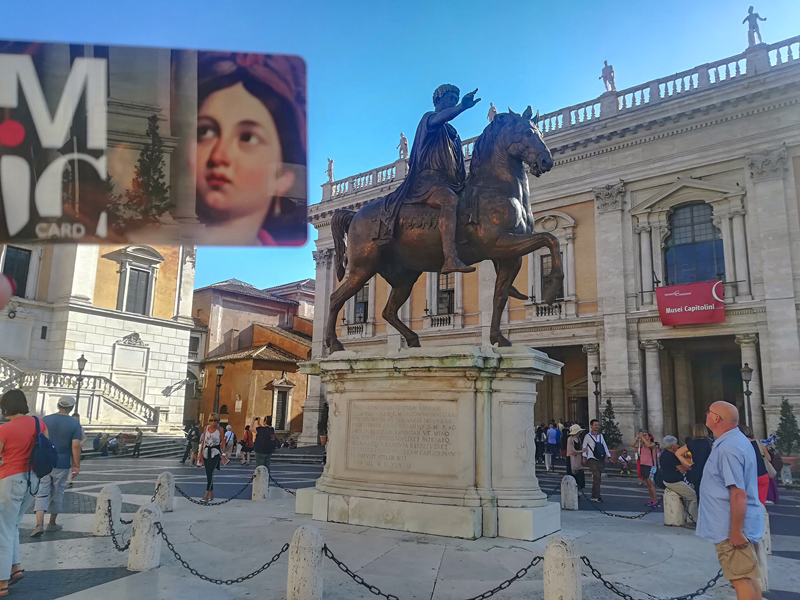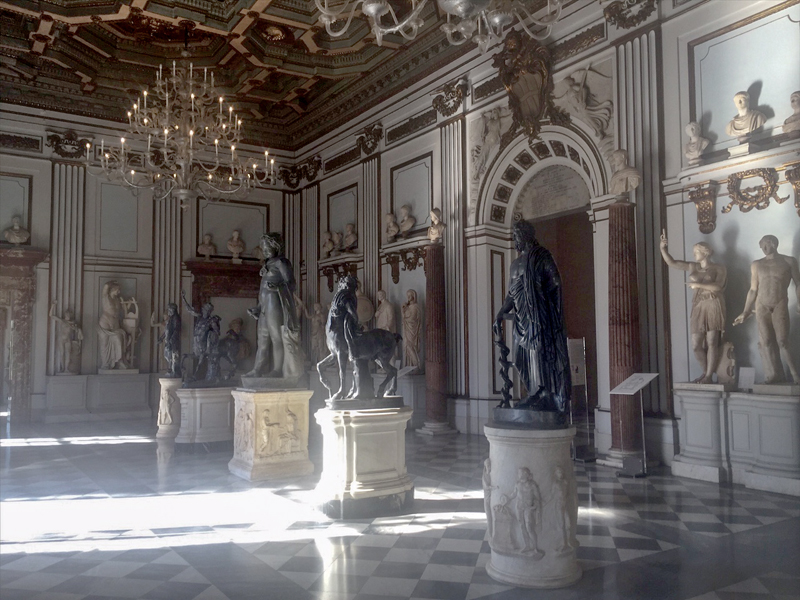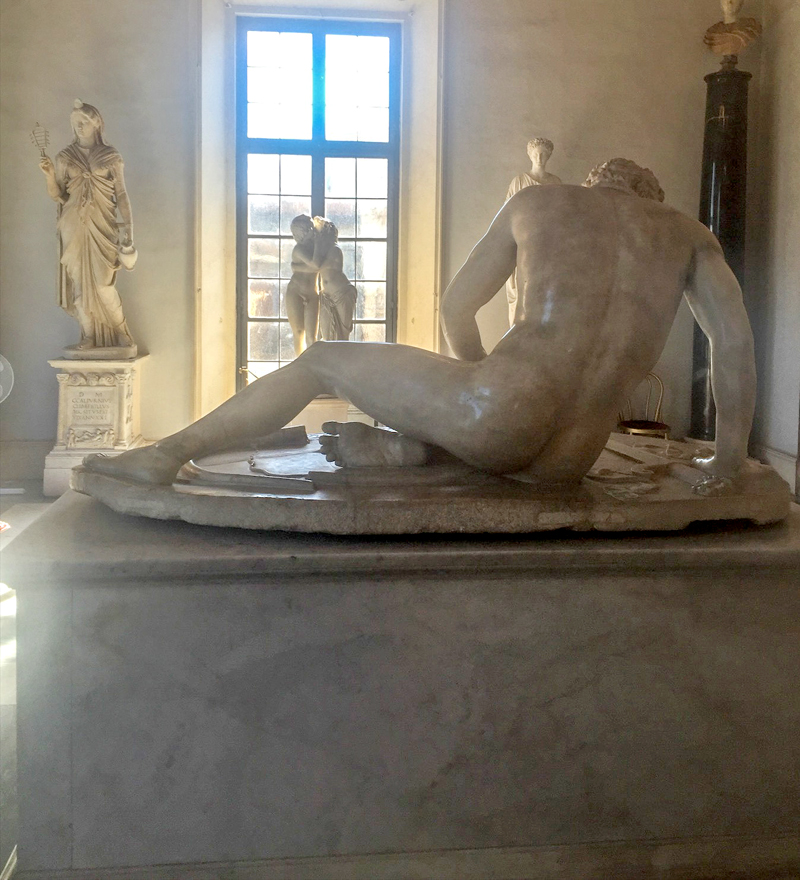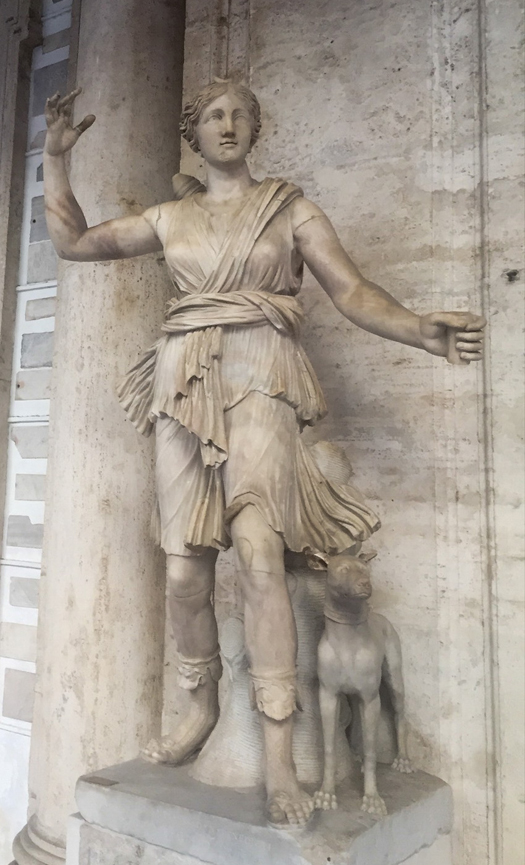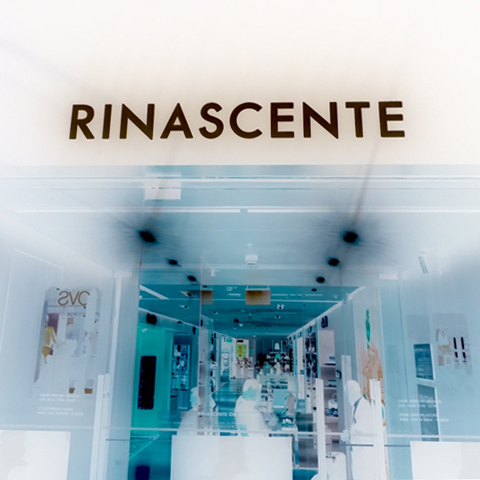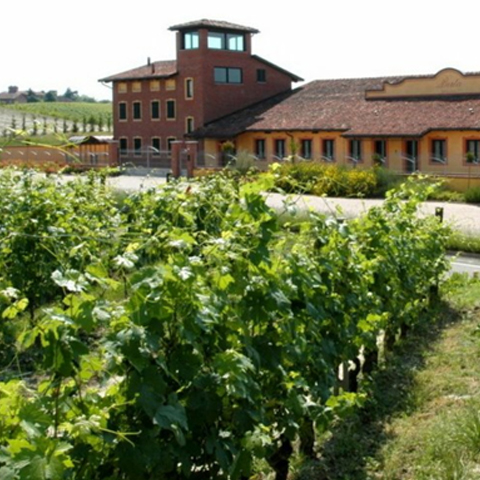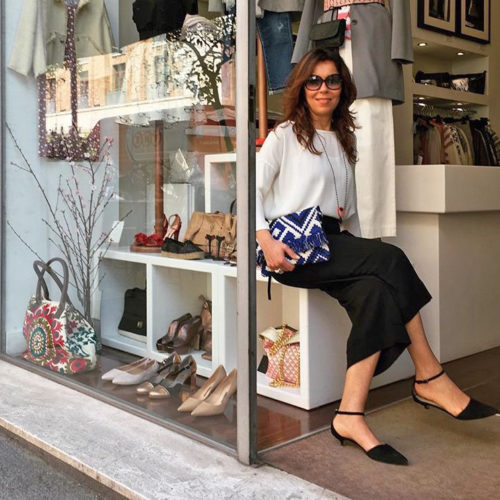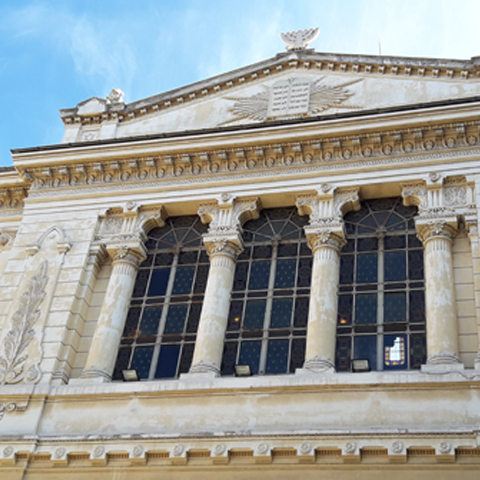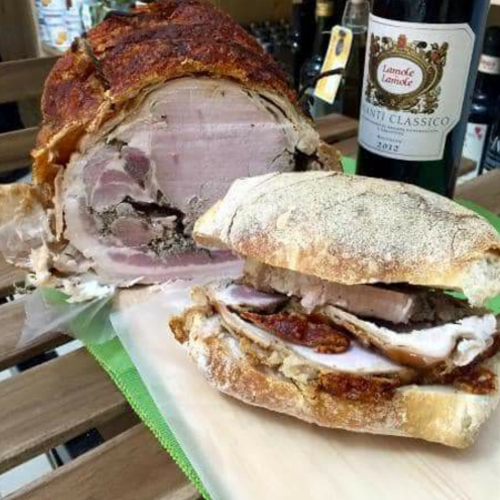Rome must be one of the richest cities – culturally speaking – with its history of kings, emperors, politicians, statesmen, and popes. It is certainly one big living museum of art, architecture, and artifacts, with examples of ancient, classical, and baroque creations at every turn. As Ovid said, “There is no such thing as pure pleasure; some anxiety always goes with it”, and the anxiety for me is that a lifetime is not long enough to explore what Rome has to offer.
It is reassuring that the Italian government is aware of this dilemma and that it has instigated various initiatives to encourage the public to participate in the city’s cultural scene as much as possible. For example, two years ago every 18-year-old was entitled to a €500 bonus to spend on culturally enriching pursuits, including going to the theatre, visiting archaeological sites, and buying books. This year, the Museo in Comune (MIC) card has been released, allowing residents and university students in Rome unlimited access to the city’s civic museums and historical artistic and archaeological sites of the municipality. The card costs €5, is valid for 12 months, and covers the entry cost to some truly fantastic places, such as Centrale Montemartini, Ara Pacis museum and the Capitoline museums (link to the full list of places is at the end of the article).
Such an opportunity was too good to let go; so armed with this card I immediately set off for the Capitoline museums, centrally located just above Piazza Venezia. I had already visited once or twice, but there is a dizzying amount to see, so it warranted a third, if not fourth or fifth visit to really try and see all that is being exhibited and to give you my ideal itinerary (without making your feet ache too much)!
The ascent up the shallow steps from Piazza Venezia flanked by impressive statuary is enough to make you stop and look. The pleasing symmetry of Piazza del Campidoglio (at the top of the stairs) is thanks to none other than Michelangelo himself, who designed it in 1536 after he had finished the ceiling of the Sistine Chapel! They are considered the first museums in the world, as collections can be traced back to 1471. Even before that the Capitoline Hill was the place where the treasury of the Republic was housed, so it has been used to store important goods since the Ancient Romans were using this area.
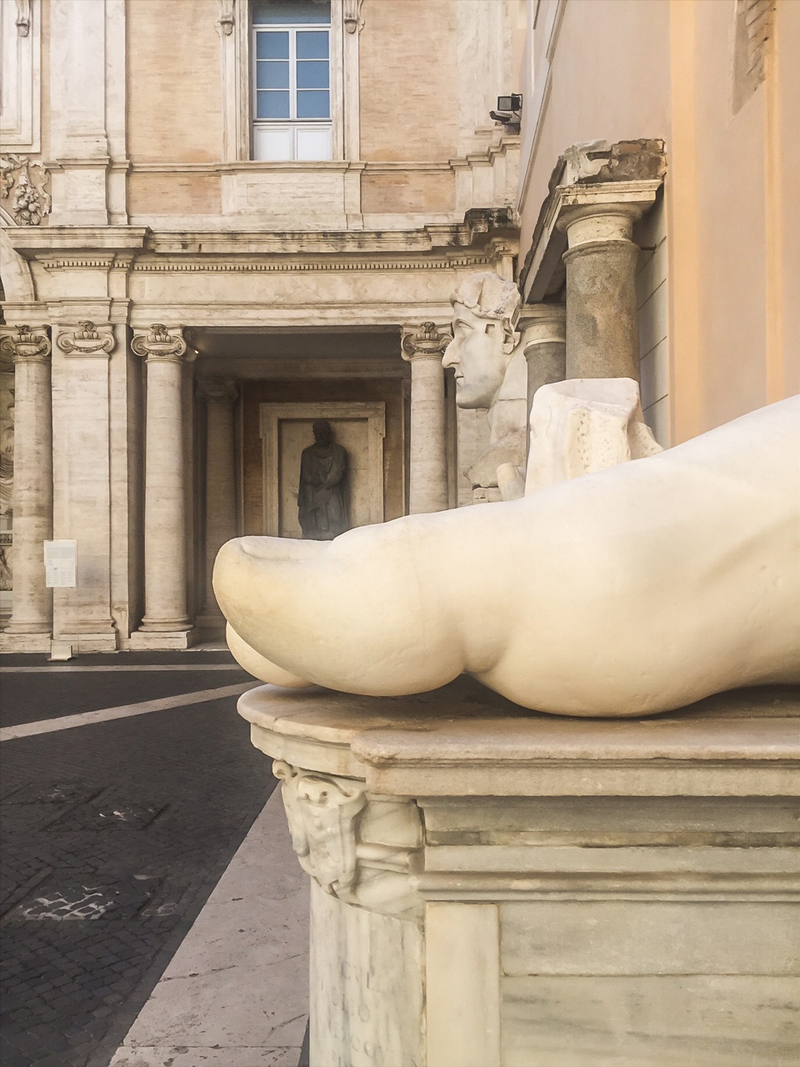 The museums are divided into the two main buildings you can see on either side of the main piazza (Palazzo dei Conservatori and Palazzo Nuovo), what you can’t: the Galleria di Congiunzione or Tabularium (which links the palaces underneath the piazza), and the New Wing (a modern atrium with a large glass roof). The ticket office and information center is in the Palazzo dei Conservatori (on the right as you climb up the stairs). This is where I suggest you start your visit. Immediately after you enter the Palazzo dei Conservatori, you find yourself in a courtyard with an imposing head, hand, and foot on a huge scale – belonging to a colossal statue of Emperor Constantine I.
The museums are divided into the two main buildings you can see on either side of the main piazza (Palazzo dei Conservatori and Palazzo Nuovo), what you can’t: the Galleria di Congiunzione or Tabularium (which links the palaces underneath the piazza), and the New Wing (a modern atrium with a large glass roof). The ticket office and information center is in the Palazzo dei Conservatori (on the right as you climb up the stairs). This is where I suggest you start your visit. Immediately after you enter the Palazzo dei Conservatori, you find yourself in a courtyard with an imposing head, hand, and foot on a huge scale – belonging to a colossal statue of Emperor Constantine I.
My recommendation is to head downstairs next in order to explore the Tabularium, which gives you a feel for everyday life in the Roman Empire. The Tabularium is built on an original Roman road with epigraphs describing public and private life dating back to the 2nd century BC. This area brings you out onto an arched corridor with views over the Roman Forum, which is really special; especially in the height of summer as it is cool and shady, compared to the unsheltered sweltering heat for the tourists below in the Forum!
Next, go to the Palazzo Nuovo. It contains ancient Roman artifacts spread over its two floors, but the most noteworthy exhibits include a fountain with a colossal reclining male figure, depicted as Oceanus; as well as the Capitoline Venus – a nude, bathing beauty from the 3rd or 2nd century BC; and the Dying Gaul. Make your way back to the Palazzo dei Conservatori to see the famous bronze she-wolf nursing Romulus and Remus (the emblem of Rome) and Bernini’s head of Medusa on the second floor. Make sure you find the modern glass atrium, which contains the original statue of Marcus Aurelius (you saw the original statue in the centre of the Piazza as you climbed the stairs) before making your way to the third floor to see the impressive art collection.
Finally, from the Pinacoteca (art gallery) you will see signs directing you to the cafeteria (Terrazza Caffarelli). Trust me – this is no ordinary cafeteria! Ignore your aching feet for two more minutes and climb up and out onto the terrace on top of the Palazzo Caffarelli for a stunning view and a reviving cup of tea or cocktail – just choose your poison and congratulate yourself on having seen the best of the Capitoline museums!
How to get there:
Bus lines: H, 64, 70, 81, 87, 628 (stop: Ara Coeli/Piazza Venezia)
Tram line: 8 (stop: Piazza Venezia)
Hours: 9:30 – 19:30, Monday to Sunday
http://www.museiincomune.it/sites/default/files/f_file/Depliant%20Musei_compresso%20medio.pdf – plan of the Capitoline museums
MIC card – useful links:
http://www.museiincomuneroma.it/en/node/1002064 – information about the MIC card
http://miccard.museiincomuneroma.it/Acquisti.aspx?l=U0lTUk9NQXxNVFJPTUF8MXwxMTkz&ret=mt&lang=it – online link to apply for the MIC card
Musei Capitolini
Piazza del Campidoglio, 1
tel: 060608

